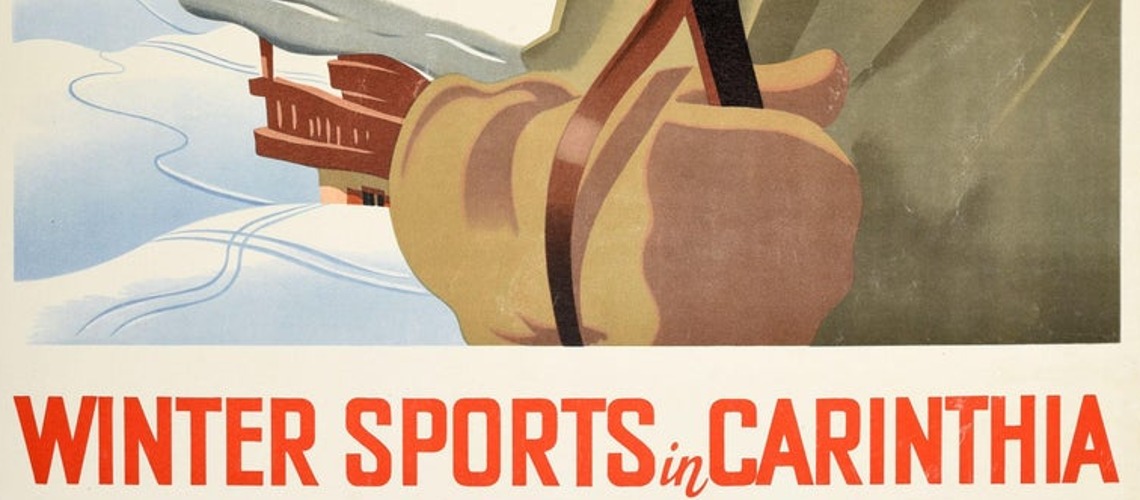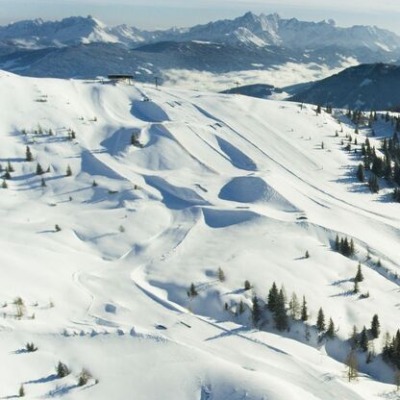Carinthian Cable Cars Co’s Want To Become Regional Energy Suppliers

Carinthia's cable car industry has been severely affected by the electricity price explosion and is calling for more speed in the expansion of "renewables" in the form of photovoltaics, wind and hydropower. The operators see themselves not only as an indispensable part of winter tourism, but also as a strong partner in alternative energy projects due to their existing infrastructure. But they still fail because of the bureaucracy.
With an energy summit today, Carinthia's cable car companies introduced a new proposal into the ongoing debate about the Carinthian energy transition: They have well-developed access routes, power lines, piping, but also electricity procurement and feed-in rights in the local ski areas. "This excellent infrastructure can be used immediately with the smallest possible ecological footprint," explained the spokesman for the Carinthian cable cars, Manuel Kapeller-Hopfgartner, in the press conference after the summit.
300 percent more electricity costs
With ambitious expansion projects that all well-known winter sports regions already have in the drawer, the cable cars could not only counteract the electricity price explosion by 300 percent, but also become regional electricity suppliers and take their partners, such as the hotel and catering industry, with them on the mountain. On average, it is about the construction of photovoltaics on open or steep areas near the slopes of one to four hectares, one to two wind turbines per ski area and the energetic use of the ponds for the artificial snow systems as pumped storage power plants to cover peak loads.
But so far, the bureaucracy has put a big spanner in the works for the cable car operators: According to Kapeller-Hopfgartner, almost anything can be done on the predominant designation "grassland/ski slope" - except for a PV system, which needs to be redesignated. He sees a disadvantage here compared to other sectors of the economy, which, for example, could very well set up PV areas on an industrial dedication with more than 50 percent self-consumption. “We are calling for equality here as soon as possible. Overall, we have a 20 percent increase in costs for energy and suppliers, but we have only increased prices by 8 percent so that skiing remains affordable for the family. In the long term, this will tear away our investment base."
Cable cars are far ahead when it comes to saving electricity
This is all the more critical since the cable cars have saved 20 percent of their energy consumption in recent years through innovative measures including heat recovery from the drives, as Secretary of State for Tourism and Economics Sebastian Schuschnig emphasized: "Not every sector can claim this for itself." Cable cars account for 1.2 percent of Carinthia's total energy consumption, and snowmaking, which is often criticized, accounts for 0.3 percent. This is also due to the fact that the efficiency of snow cannons has doubled in recent years, and that of snow lances has even tripled. Schuschnig described the cable car plans as exemplary: “Electricity is produced on site and consumed without an immense additional load on the networks. Such initiatives can secure the future of winter tourism.”
Because he is already under a lot of pressure, warned Jürgen Mandl, President of the Chamber of Commerce: "On the one hand, this is a competitive issue, and it is very important that we can produce inexpensively and offer our guests a suitable product. On the other hand, guests are increasingly questioning how we act in harmony with nature and in alignment with climate goals. There are concrete projects for this, but we have to be allowed to do it!”














